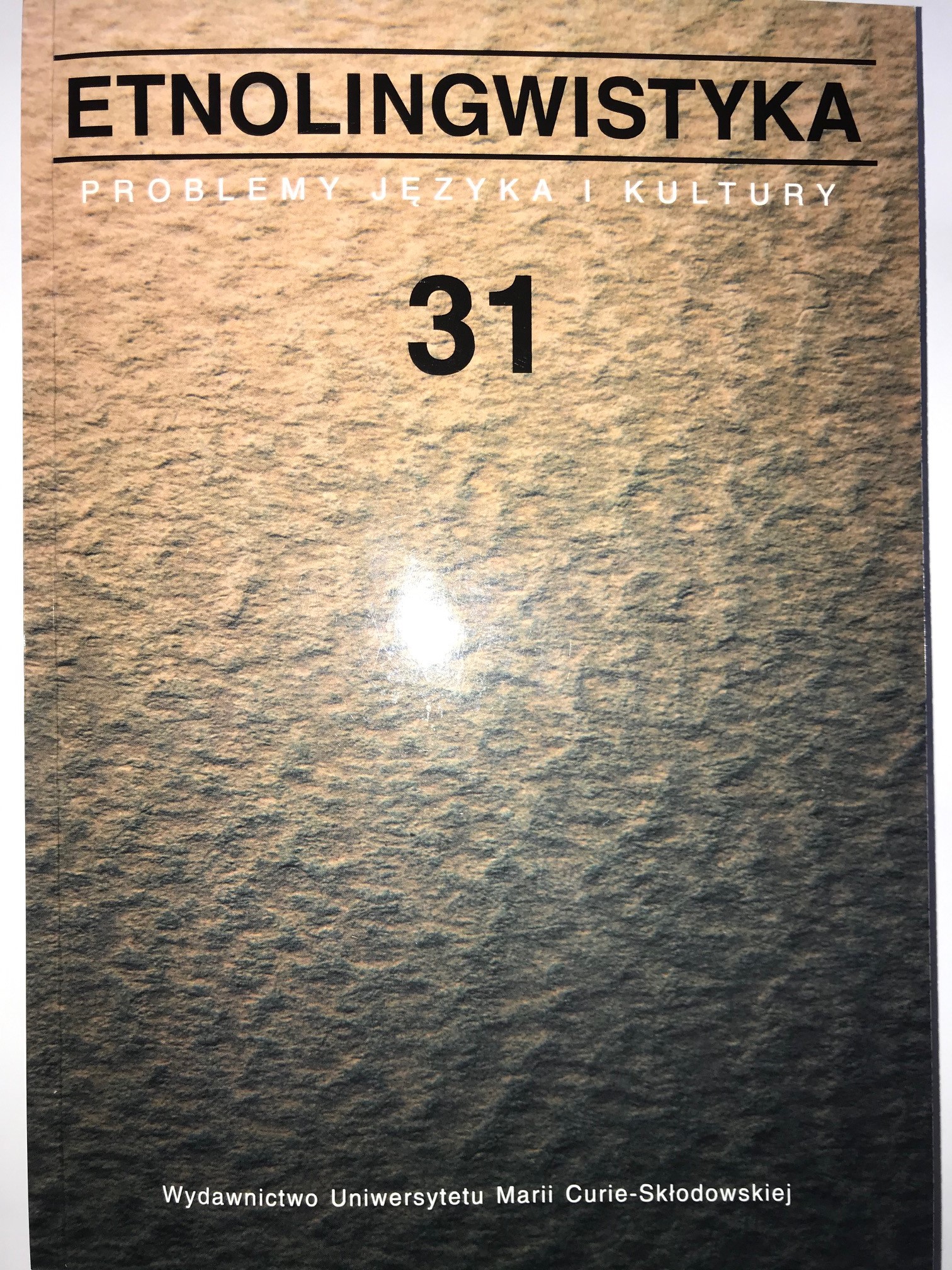O wykładnikach miary w polszczyźnie
The exponents of measure in Polish
Author(s): Marta Nowosad-BakalarczykSubject(s): Language and Literature Studies, Cognitive linguistics, Descriptive linguistics
Published by: Wydawnictwo Naukowe Uniwersytetu Marii Curie-Sklodowskiej
Keywords: measurement; conventional units of measurement; unconventional units of measurement
Summary/Abstract: This study is concerned with how speakers of Polish refer to the number/size of objects and phenomena. They make use of the rich repertoire of units of measurement: a peculiar invention of human thought that meets the need to relate to quantities. Depending on the nature of the phenomena being measured or quantified, the methods of measurement being employed, cognitive needs, and communicative intentions, people use various kinds of measurement. These include conventional units of precise values, designed to measure specific values (e.g. sekunda ‘second’ to measure time), mainly used in professional (often international) communication, but also unconventional units of scientifically imprecise values, commonly used to relate to various parameters, e.g. names of body parts (garść orzechów ‘a handful of nuts’), names of containers (kubek herbaty ‘a mug/cup of tea’, tubka farby ‘a tube of paint’), names of units of substances (główka kapusty ‘a head of cabbage’, kromka chleba ‘a slice of bread’), names of parts (kawałek mięsa ‘a piece of meat’) or collections (góra kamieni ‘a heap of rocks’). Both sets of units are open-ended: they are enlarged as a result of linguistic processes (e.g. semantic and word-formational derivation) or non-linguistic ones (scientific and technological progress, which leads to ever more precise measurements).
Journal: Etnolingwistyka. Problemy Języka I Kultury
- Issue Year: 31/2019
- Issue No: 31
- Page Range: 101-119
- Page Count: 19
- Language: Polish

